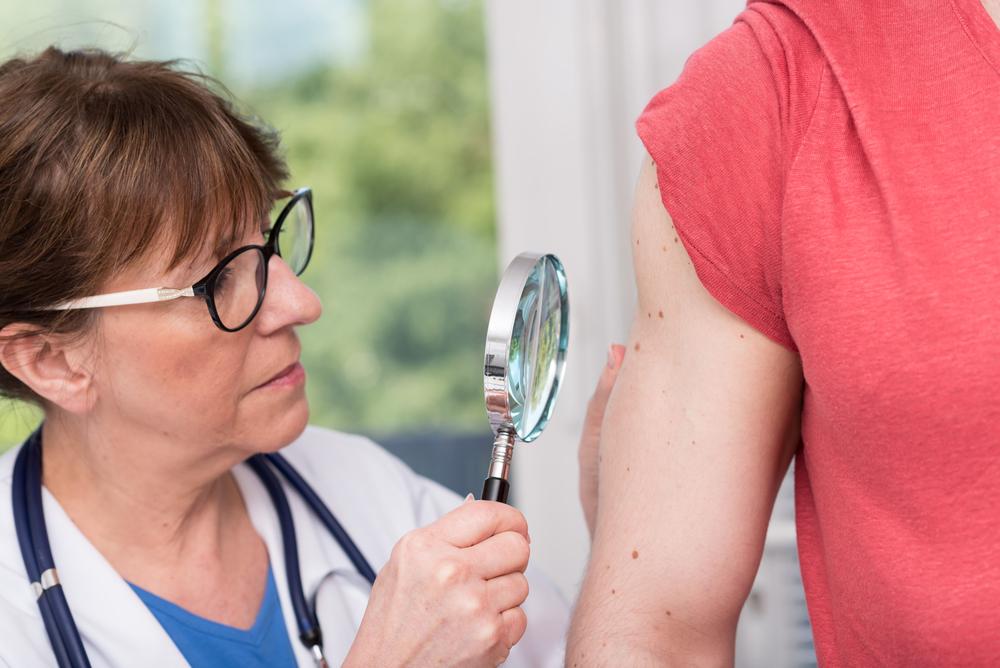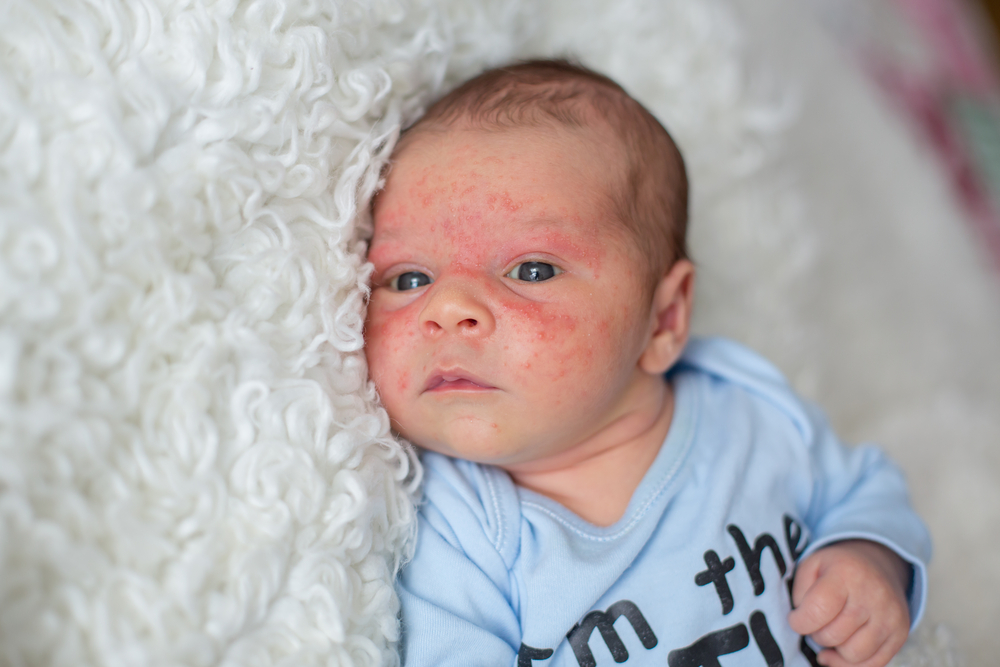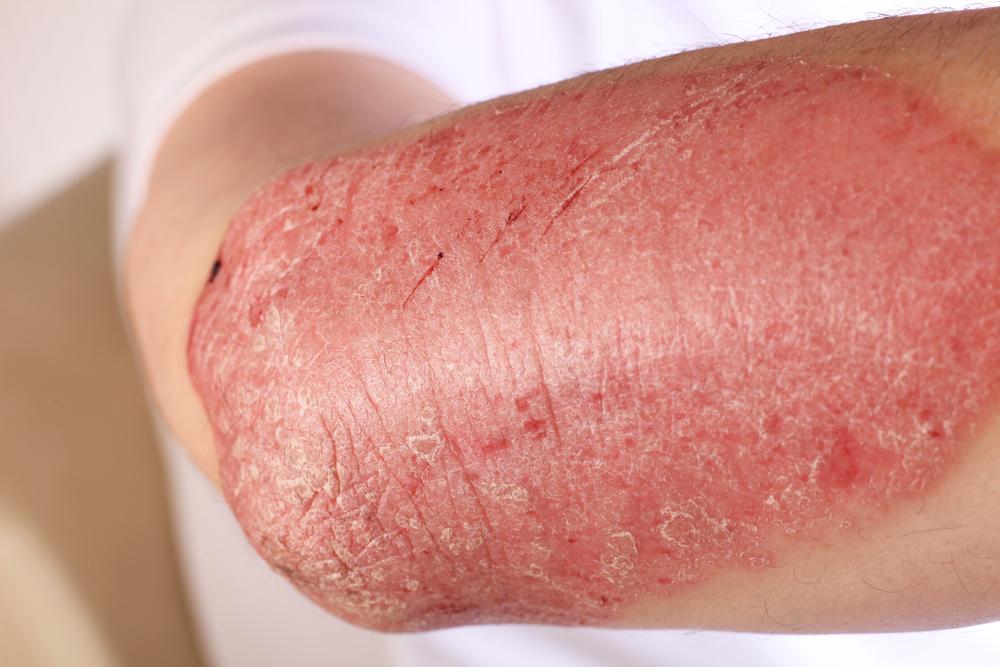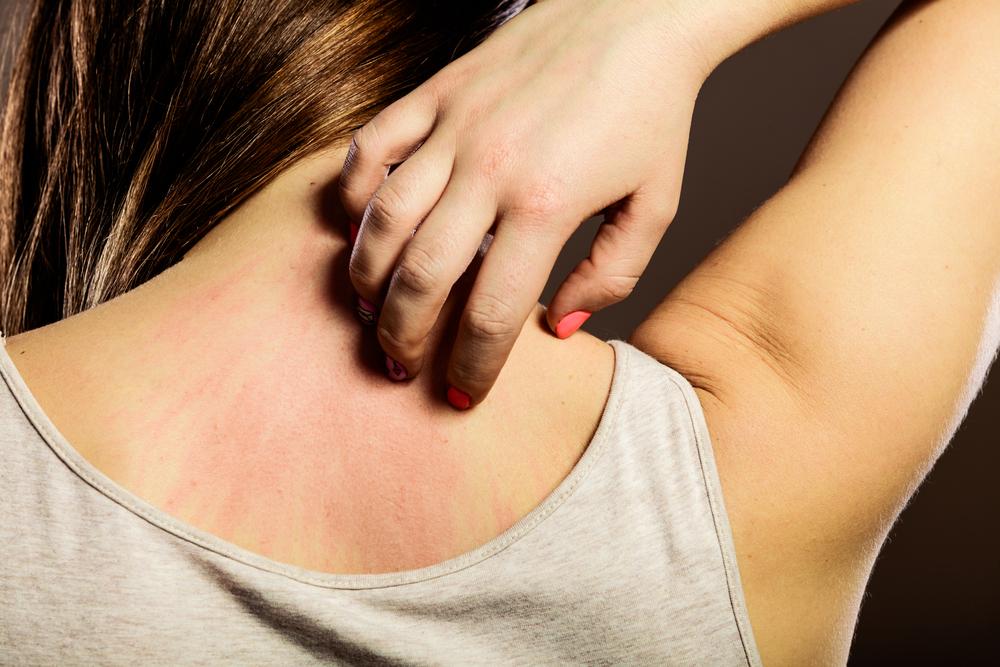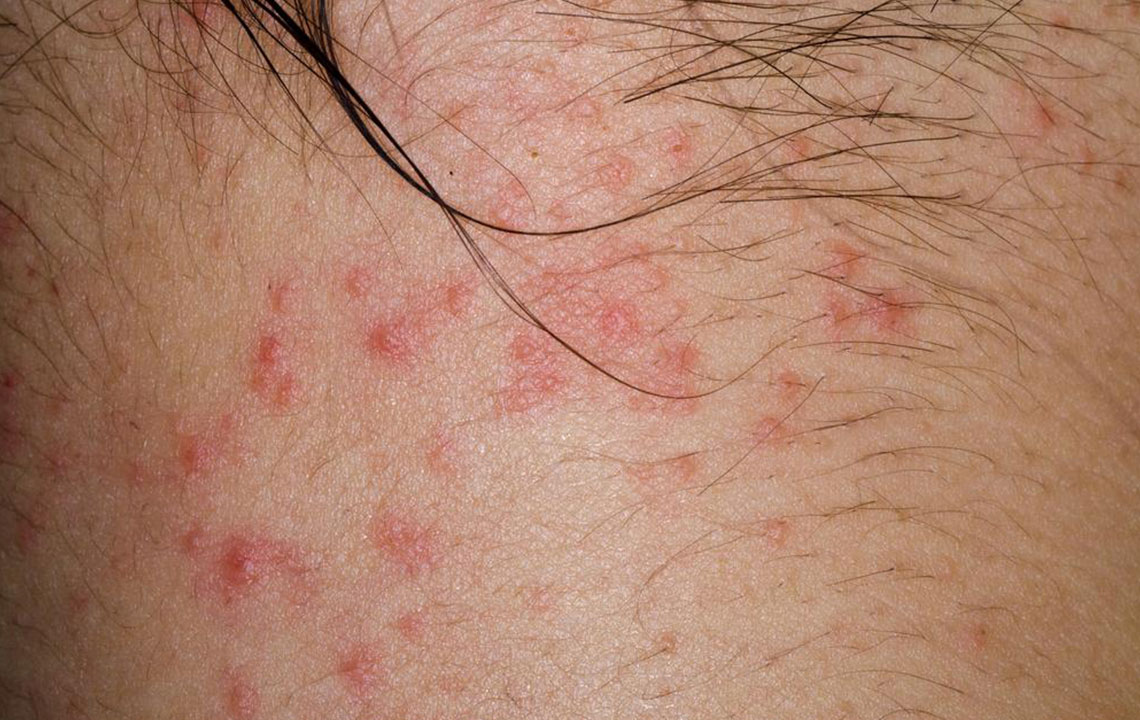In-Depth Guide to Recognizing and Effectively Managing the Most Common Types of Eczema
This detailed guide explores the eight main types of eczema, highlighting their symptoms, causes, and management strategies. From atopic dermatitis to stasis dermatitis, understand how to recognize and treat these common skin conditions effectively. Consulting healthcare professionals is emphasized for accurate diagnosis and personalized treatment, ensuring better skin health and quality of life for those affected.
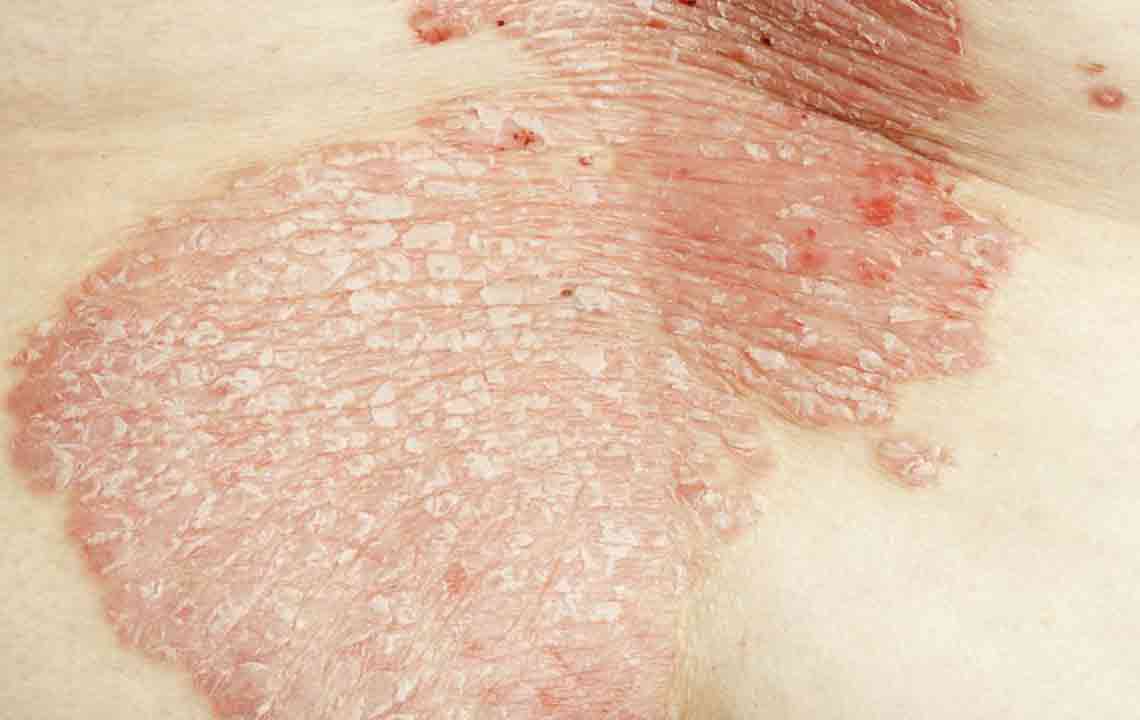
In-Depth Guide to Recognizing and Effectively Managing the Most Common Types of Eczema
Understanding eczema is essential because it is one of the most common chronic skin conditions affecting millions worldwide. Characterized primarily by inflammation, persistent itching, and dryness, eczema can significantly impact an individual's quality of life. Despite its prevalence, many people remain unaware of its various types, triggers, and effective management strategies. This comprehensive guide aims to shed light on the eight primary forms of eczema, helping sufferers and caregivers recognize symptoms early and adopt appropriate treatment plans.
While redness, itching, and dryness are common across all eczema types, additional signs like blisters, peeling, or thickened patches can help differentiate them. Correct diagnosis is crucial since each type may require specific treatment approaches. Utilizing online resources such as eczema images and symptom guides can assist in initial identification. Nonetheless, consulting a healthcare professional or dermatologist remains the most reliable way to confirm the diagnosis and receive personalized treatment recommendations. Let's explore each of the eight main types in detail to better understand their unique features, causes, and management strategies:
Atopic Dermatitis
Often referred to as atopic eczema, this is the most common form of eczema, frequently affecting children but also present in adults. It manifests as inflamed, itchy, cracked, and sometimes oozing skin. Over time, affected skin may become thickened or leathery due to constant scratching. Typical locations include behind the knees, inside the elbows, on the neck, and face. Atopic dermatitis is often associated with other allergic conditions such as asthma and hay fever. Managing this type involves avoiding known triggers like irritants, allergens, and harsh soaps, using prescribed moisturizers, and sometimes applying topical corticosteroids or antihistamines to reduce inflammation and itching. Long-term control is achievable with consistent skincare routines and allergy management.
Contact Dermatitis
This form results when skin contacts an irritant or allergen. It is characterized by redness, swelling, blistering, and soreness at the contact site. Common irritants include harsh soaps, detergents, solvents, and plants like poison ivy or oak. Allergic contact dermatitis may occur from reactions to metals like nickel, fragrances, or cosmetics. Symptoms typically appear within 24 to 48 hours after exposure and resolve once the irritant or allergen is removed, often within two to three weeks. Preventative measures include wearing protective clothing, using barrier creams, and switching to gentle, hypoallergenic products. In some cases, topical steroids or allergy medications may be needed to expedite healing.
Dyshidrotic Eczema
Characterized by small, intensely itchy blisters that appear primarily on the fingers, palms, toes, and soles. The exact cause is unknown but is believed to involve allergic reactions, stress, or exposure to certain metals or chemicals. Flare-ups can be recurrent and often worsen with heat or sweating. Management involves daily moisturizing with emollients, avoiding known triggers, and wearing loose, breathable clothing. Warm baths with oatmeal or baking soda preparations can soothe symptoms. In some cases, topical steroids or antihistamines help reduce inflammation and itchiness. Maintaining stress management and avoiding excessive hand or foot exposure to irritants can reduce recurrence.
Hand Eczema
Particularly prevalent among individuals who frequently wash their hands, work with chemicals, or use abrasive cleaning products. It manifests as redness, dryness, cracking, and sometimes fissures or oozing on the hands and fingers. if untreated, it can lead to secondary infections. Protective measures involve wearing gloves, applying barrier creams, and minimizing contact with irritants. Regular moisturizing and avoiding prolonged exposure to water help prevent flare-ups. In more severe cases, topical corticosteroids or immune-modulating agents may be prescribed. Employers should ensure workplace safety measures are in place, especially in environments involving chemicals or water exposure.
Neurodermatitis / Lichen Simplex Chronicus
This form involves thickened, leathery patches of skin caused by persistent scratching or rubbing. The affected areas include the neck, scalp, wrists, ankles, and other regions prone to itching. Discoloration and develop of a rough texture are common. Stress, anxiety, or habitual scratching contribute to its development. Treatment centers around breaking the itch-scratch cycle through antihistamines, topical corticosteroids, and behavioral modifications. Protecting affected areas from further irritation and keeping skin moisturized are essential for healing. Addressing underlying stressors can also prevent recurrence.
Seborrheic Dermatitis
A chronic, oily skin condition that appears as greasy, yellowish, scaly patches primarily on the scalp, face, and upper chest. It is linked to overgrowth of Malassezia yeast on the skin. The affected areas may be itchy, flaky, and prone to redness. This type often affects infants (cradle cap) and adults, especially those with oily skin or dandruff. Medical treatments include medicated shampoos containing ketoconazole or selenium sulfide, topical antifungal creams, and corticosteroids in severe cases. Regular scalp and facial cleansing, combined with antifungal therapies, can manage symptoms effectively over time.
Stasis Dermatitis
Typically develops in individuals with poor venous circulation in the legs, often due to varicose veins or chronic venous insufficiency. It manifests as swelling, redness, and oozing or crusting on the lower legs, frequently accompanied by skin discoloration. Chronic stasis dermatitis can lead to skin ulcers and infections if untreated. Elevating legs, wearing compression stockings, and improving blood flow are crucial in management. Topical corticosteroids and antibacterial ointments can help control inflammation and prevent infections. Proper wound care and consultation with vascular specialists may be necessary for severe cases. Addressing underlying circulatory issues is key to preventing further skin deterioration.
Consulting with a healthcare provider is vital for an accurate diagnosis and tailored treatment plan, especially if symptoms persist or worsen. While online resources and images can serve as initial guides, seeking professional advice ensures effective management and relief from symptoms.
